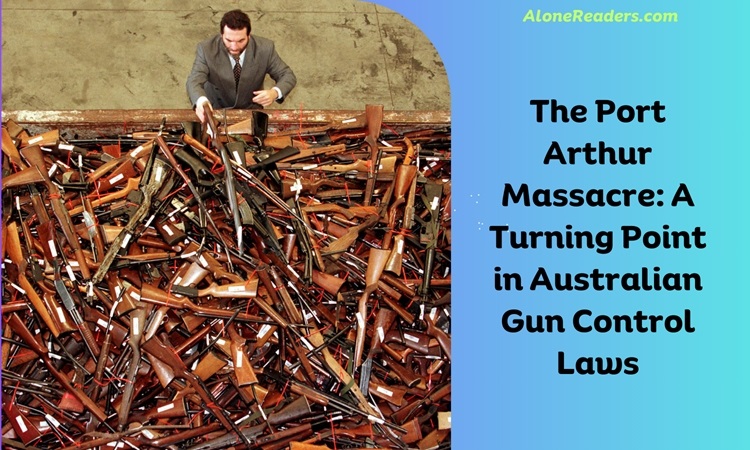
On April 28, 1996, the tranquility of the historic site of Port Arthur in Tasmania was shattered by an event that would profoundly impact not only Australia but the global discourse on gun control. A lone gunman embarked on a shooting rampage, resulting in the death of 35 individuals and leaving 23 more injured. This tragic event, known as the Port Arthur Massacre, stands as the deadliest shooting spree in Australian history and marks a pivotal moment in the nation's approach to gun legislation.
The Port Arthur Historic Site, a popular tourist destination rich in colonial history, was filled with visitors when the gunman, armed with high-powered weapons, began his indiscriminate attack. The massacre lasted for several hours, creating a state of chaos and fear. The victims ranged in age and background, symbolizing the random and unfathomable nature of the violence. The nation was left in shock, mourning the senseless loss of life in what was previously considered a safe and peaceful community.
The magnitude of the tragedy brought immediate attention to Australia's gun laws, which at the time were relatively lenient and varied between states. The outcry was national and impassioned, leading to a significant shift in public opinion and political will. The government, led by Prime Minister John Howard, took decisive action, recognizing the need for stringent gun control measures to prevent such a catastrophe from occurring again.
In the wake of the massacre, the Australian government introduced the National Firearms Agreement (NFA), a comprehensive set of reforms designed to drastically overhaul the country's approach to firearm regulation. The NFA implemented a strict licensing and registration system for gun owners, established a national firearms registry, and required that individuals present a genuine reason for owning a firearm, explicitly excluding self-defense as a valid reason. Significantly, the legislation also introduced a mandatory buyback program for certain types of firearms, particularly semi-automatic and pump-action shotguns and rifles, which were deemed to have no place in civilian hands.
The implementation of these laws was swift and effective. Over 600,000 firearms were surrendered and destroyed through the buyback program, substantially reducing the number of high-powered weapons in civilian possession. Furthermore, the reforms led to the harmonization of gun laws across Australian states and territories, ensuring a consistent and unified approach to firearm regulation nationwide.
The impact of the Port Arthur Massacre and the subsequent gun control measures has been profound and enduring. Since the implementation of the NFA, Australia has not experienced a mass shooting of a similar scale, and studies have shown a significant reduction in firearm-related deaths, including suicides and homicides. The success of Australia's gun control efforts has been recognized globally, often cited in international debates on how to effectively address gun violence.
However, the journey has not been without challenges. The introduction of the NFA faced opposition from certain groups, including gun owners and political factions advocating for individual gun rights. The government had to navigate these challenges, emphasizing the broader societal need for safety and the protection of life over the unrestricted access to firearms.
The legacy of the Port Arthur Massacre extends beyond the realm of gun legislation. It serves as a poignant reminder of the fragility of life and the devastating impact of gun violence on communities. The swift and decisive response by the Australian government demonstrates the power of collective action and political will in the face of tragedy. It highlights the importance of balancing individual rights with societal safety, a balance that continues to be relevant in discussions about gun control worldwide.
In conclusion, the Port Arthur Massacre of 1996 was a turning point in Australian history. It catalyzed a significant transformation in the nation's approach to gun control, leading to the implementation of some of the strictest firearm laws in the world. The legacy of this event and its aftermath continues to resonate, serving as a testament to the impact of policy in preventing gun violence and safeguarding communities. As the world grapples with the ongoing challenge of firearm-related violence, the Australian experience remains a significant point of reference, offering insights and lessons in the pursuit of a safer society.